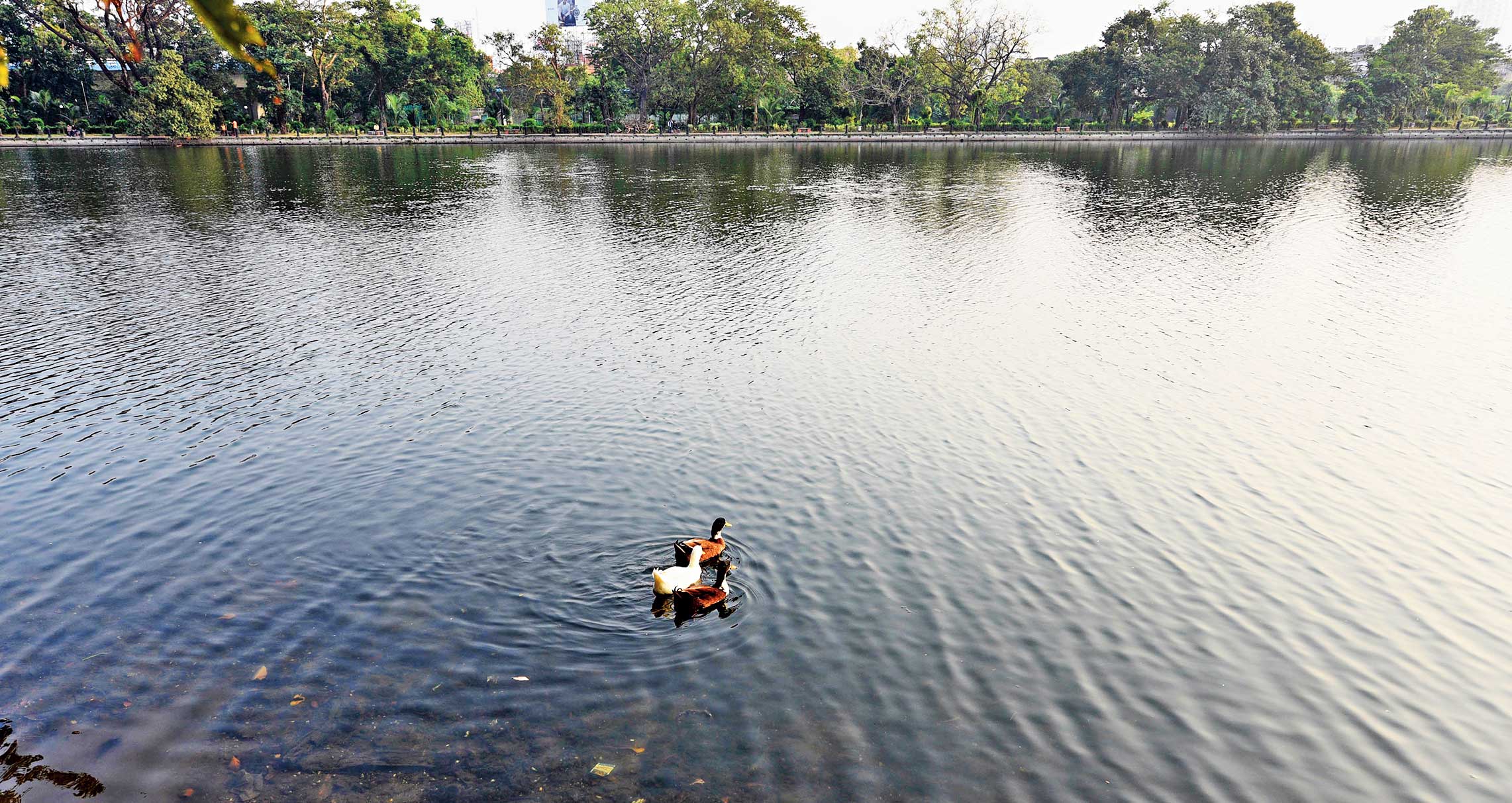The dawn of wisdom after an avoidable mishap is a double tragedy. Recently, two rowers — they were school students — drowned in the Rabindra Sarobar after their boat capsized during a Nor’wester. The vagaries of nature notwithstanding, the tragedy could have been avoided. The meteorological department had issued a forecast for a thunderstorm that was disseminated through media platforms. The paucity of information could not have been a causal factor. The other lapses that were revealed subsequently are galling. Rowing clubs do not have dedicated lifeguards. The Calcutta Metropolitan Development Authority had instructed clubs to keep battery-operated, fast-moving rescue boats at hand but not every institution, allegedly, paid heed. Furthermore, the training given to rowers during emergencies leaves a lot to be desired — in this case, the victims did not know that they could have held on to the boat instead of trying to swim ashore. Rowers do not wear life jackets as they compromise mobility; should this rule be looked into as well?
The deaths have prompted rowing clubs and schools to review the safety mechanisms of sports and recreational activities that involve a certain degree of risk. It is strange that such an assessment is taking place after the loss of precious lives. It is the duty of institutions to pre-empt mishaps and take precautionary measures that are preventive. Clearly, preparedness in this context was not up to the mark. The initial response has mostly been to pass the buck. This is unacceptable. There must be accountability for the lapse and punishment for the guilty. In fact, there is a case to argue for a robust surveillance system in public spaces. Parks and waterbodies must be supervised to minimize the risks of hazards — natural or civic. The right to safety is fundamental to the well-being of society and individuals. All stakeholders — the government, municipal authorities, schools, private clubs, patrons, members — must uphold their commitment to the safety of the public, especially that of children.










